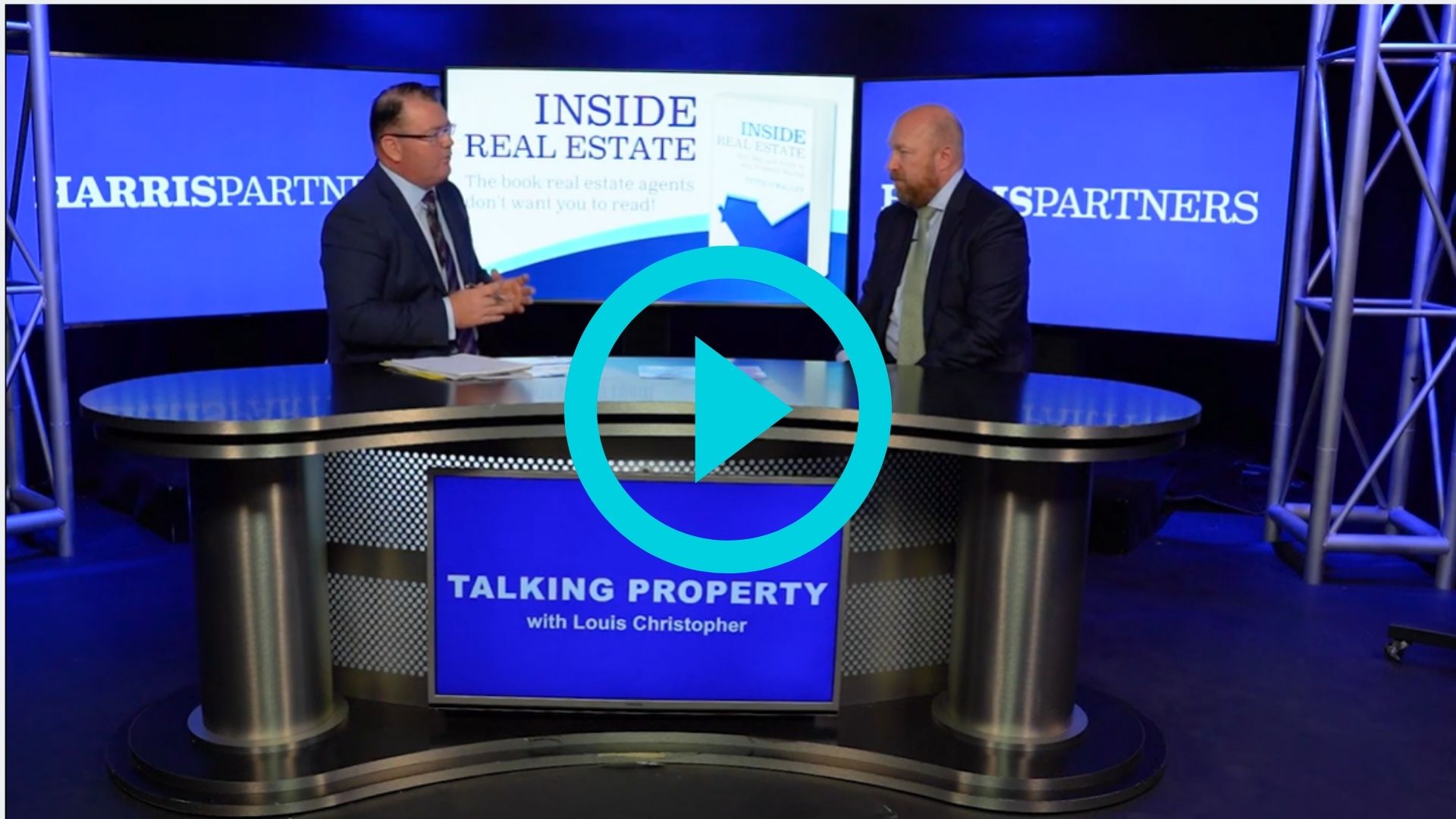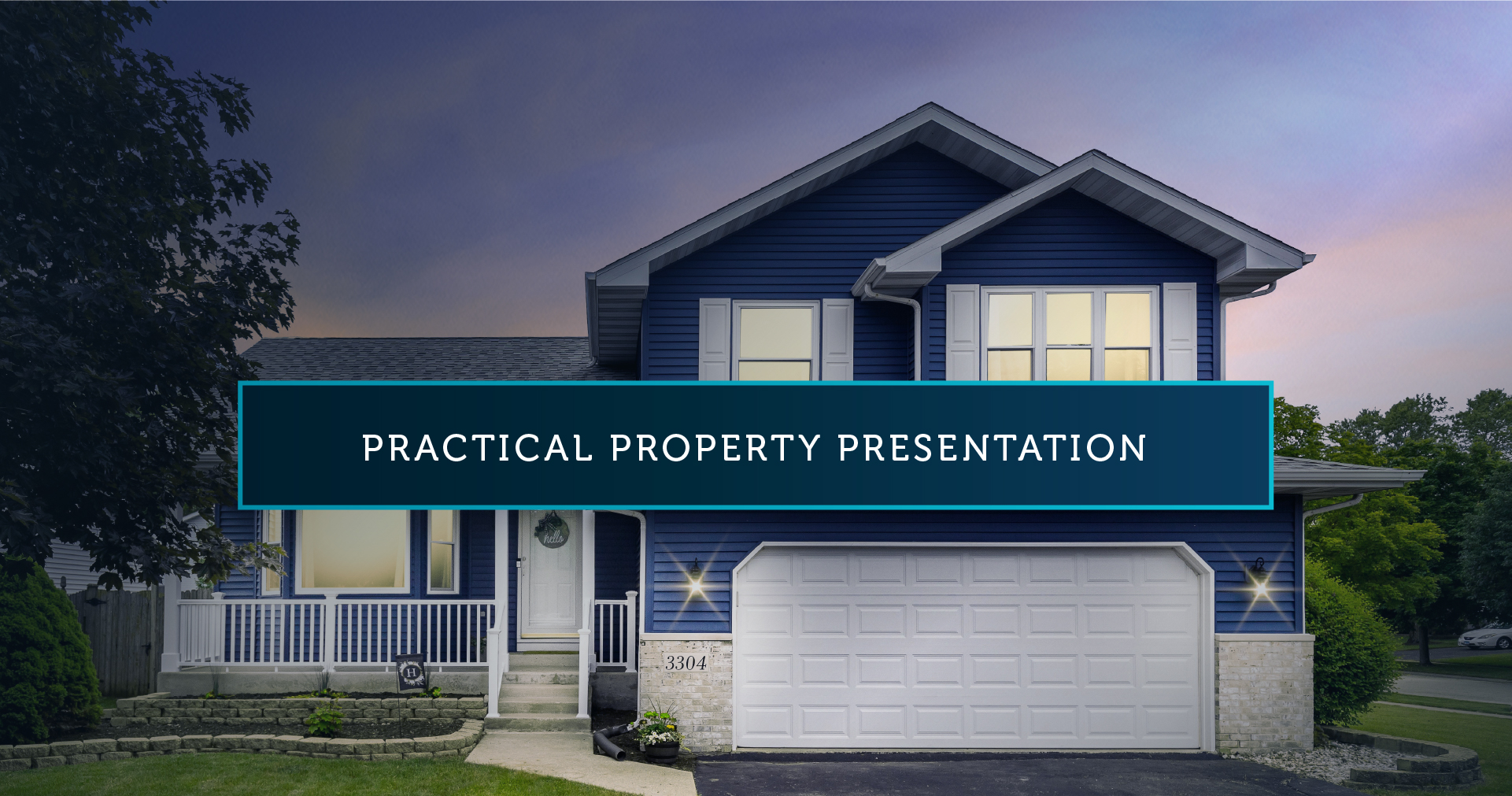Vacancy – The Enemy of Investors

Vacancy is an issue for most investors. The reality of being a landlord is that less than half of all investment properties generate income for all 52 weeks of the year, which can have adverse impact on your income return as a property investor.
Lost income is like lost sleep – you can never make it up. But while it’s impossible to avoid vacancies, there are several essential decisions you can make to ensure occupancy is optimised.
Fair Market Rent
Do your due diligence, and make sure your rental fees are pitched according to the current state of the market. If you always aim to get the absolute top dollar, you may well succeed at times, but it’s unlikely you will maintain a steady income with minimal vacancies. Shooting for the stars, income-wise can really be a false economy and cause your property to sit vacant because it is overpriced.
Pricing above the market by $30 per week on a $500 p/w property, means that after just three weeks of vacancy, your situation is essentially equal. This is provided you do manage to find a tenant at the inflated figure after this 3-week window, which is unlikely – then you will be plunged into a negative situation. Of course, if you are negative-gearing your property, this is less of an issue, but if that is the case, then why not go for a more modest rental?
One thing the COVID situation has shown is that fair market rent has fallen, and investors have had to accept reduced incomes.
The market price is the price at which people are willing to lease your property. Above market price is the price where no one wants to lease your property, because it’s value-for-money does not compare well to other properties on the market.
Rent Reviews and Renewals
This same thought process should be applied to rent reviews. If the market is relatively flat, there is little point in trying to secure an increase. While your tenants might be willing to maintain their current rent to avoid the hassle of finding a new property, if you are asking for more, you are likely to lose them to a landlord who is being more realistic with their pricing. Turnover of tenants always leads to a vacancy period, which means you will likely lose any increase you would have gained from the increased rent. Furthermore, if the market level is below what you are asking for, you will have to lower your expectations to attract a new tenant. Better to keep a good paying, fair priced tenant in place, rather than lose them due to over-reaching on the rent review.
And remember, the beauty of rent renewals is that you avoid additional lettings fees and avoid a break in the income being generated by the property.
Lease Expiry
Paying attention to the timing of your lease renewals will also pay dividends. Properties tend to be in greater demand at the beginning of the year, while the end of the year, or winter months are traditionally difficult. If your renewal dates don’t currently align with active leasing periods, try to adjust them to avoid the increased risk of vacancy.
Property Profile
A property that is vacant twice a year is likely to only generate income for about 48 weeks a year, and you will be paying double the letting fees to boot. Aim to secure 12 month rental agreements where possible to minimise this risk.
Maintenance
It pays to keep on top of your maintenance and keep your property in good condition. If you have a managing agent, they should be diligent with this, and also conduct regular inspections to ensure the property is being well taken care of and identify issues as they arise. Neglecting your property and letting maintenance and repair issues will only ensure the problems compound and will result in a significant amount of remedial work being required between tenants, that again, has a negative impact on your vacancy period and corresponding loss of income – not to mention that any issues left to ‘fester’ will be more costly to make good.
Rental Outlook for 2022
So, on the topic of ‘fair market rent’, how is the market looking for 2022?
The good news for landlords and investors is that vacancy rates around Australia remain low, according to Domain, and will probably tighten further during 2022.
The national vacancy rate was reported at 1.7 % in December 2021 – down almost one third from 2.4% in December 2020, though by contrast, Sydney’s vacancy rate of 2.6% was as its highest since May 2021.
Sydney, of course is vast and varied, and different areas of Sydney often show marked differences – there will always be areas of high and low demand, so it pays to know your suburb well and stay attuned to market movements.
What may be significant is the fact there has been a reduction in the number of dwellings available for rent from 54,000 in December 2020 to just 37,000 in December 2021 – a 31% reduction. Positively for landlords, this limited stock of property is likely to further reduce the rental vacancy rate.
Income-wise Sydney apartment rents fell by 2% between January and September 2021, while house rents increased – assumed to be stimulated by people looking for larger properties, with outdoor space, during lockdown.
Tentative confidence in the market is expected to improve slightly in terms of rental prices, but they are unlikely to return to normal levels until international borders reopen, migration resumes, and overseas students return.
In summary, pay close attention to comparable rental values in the market, stay competitive, look after your property, and aim to retain tenants wherever possible.



